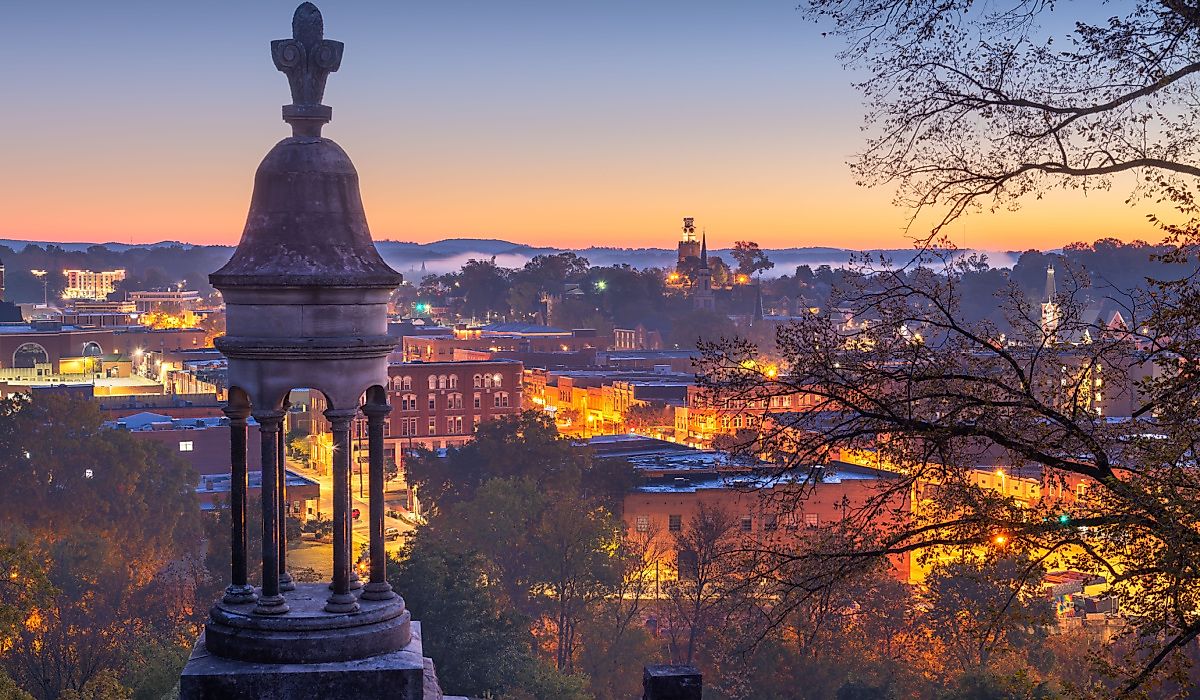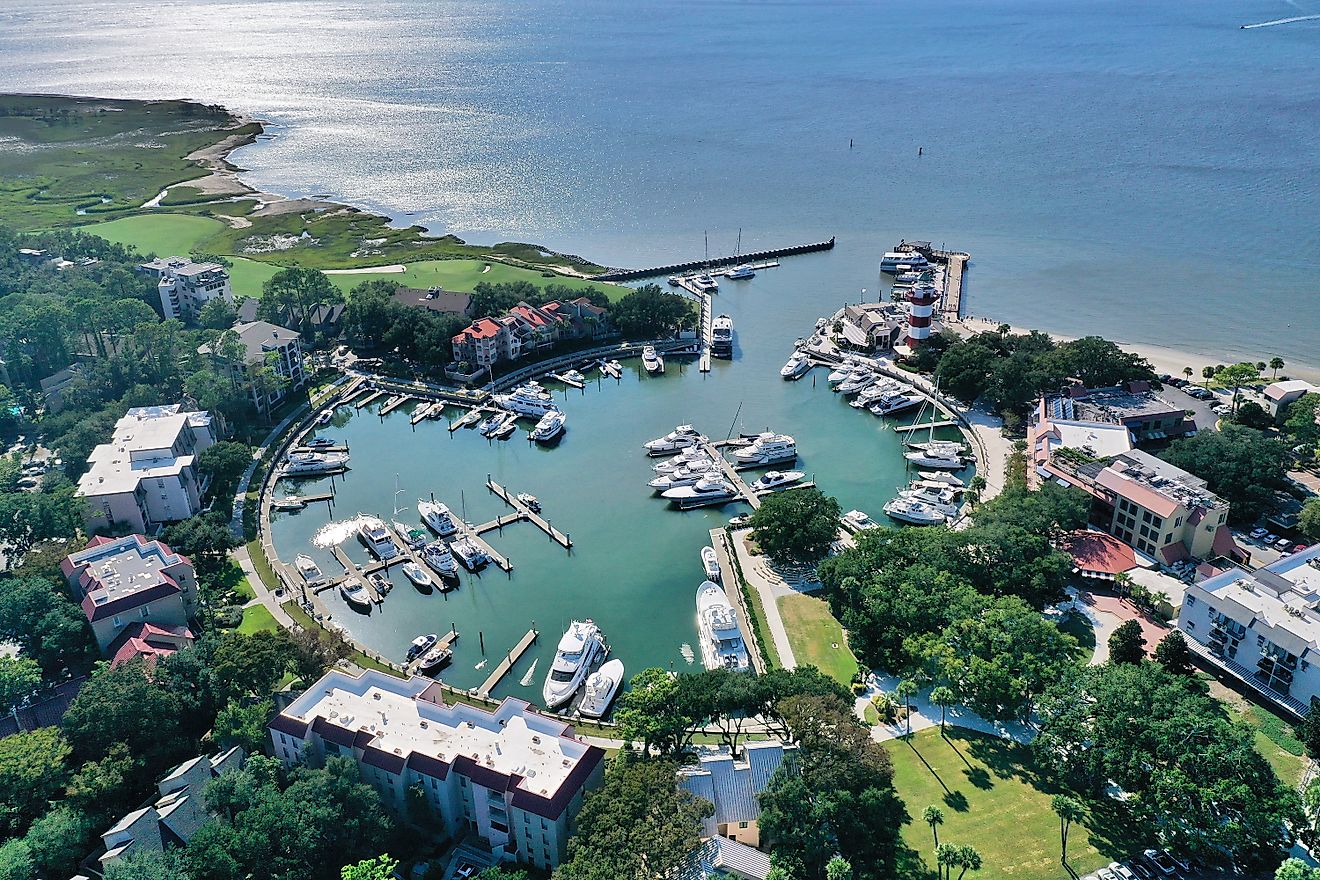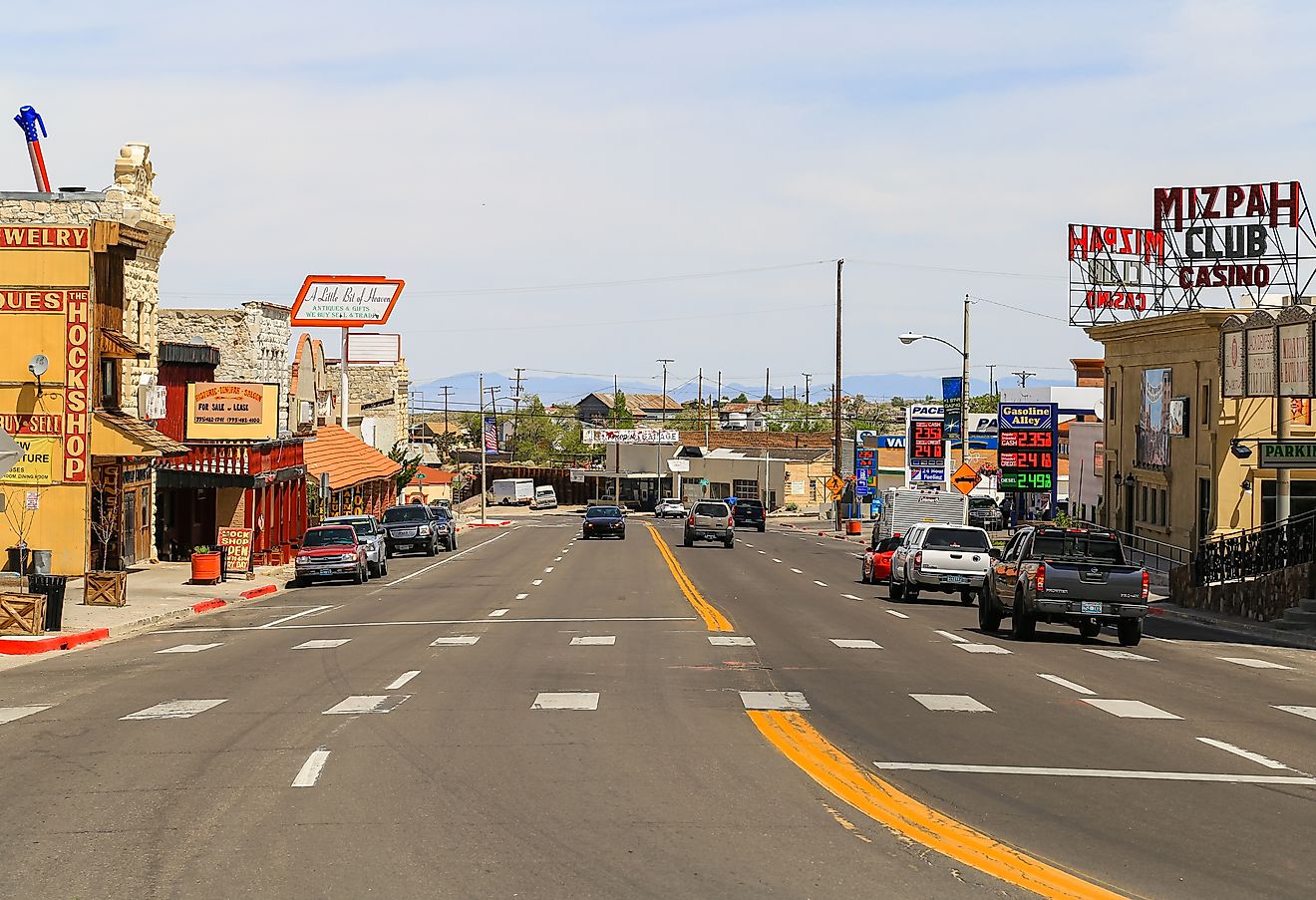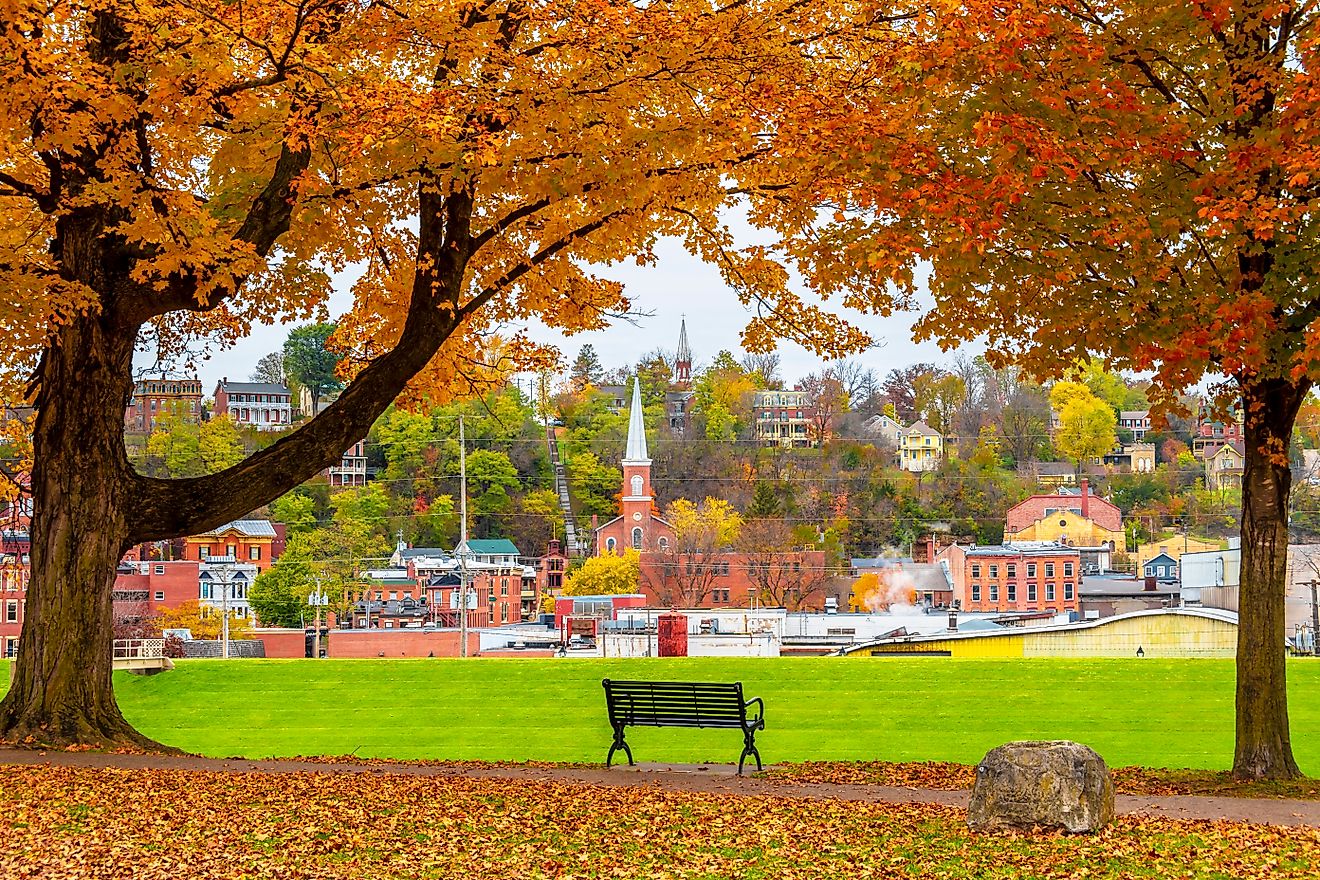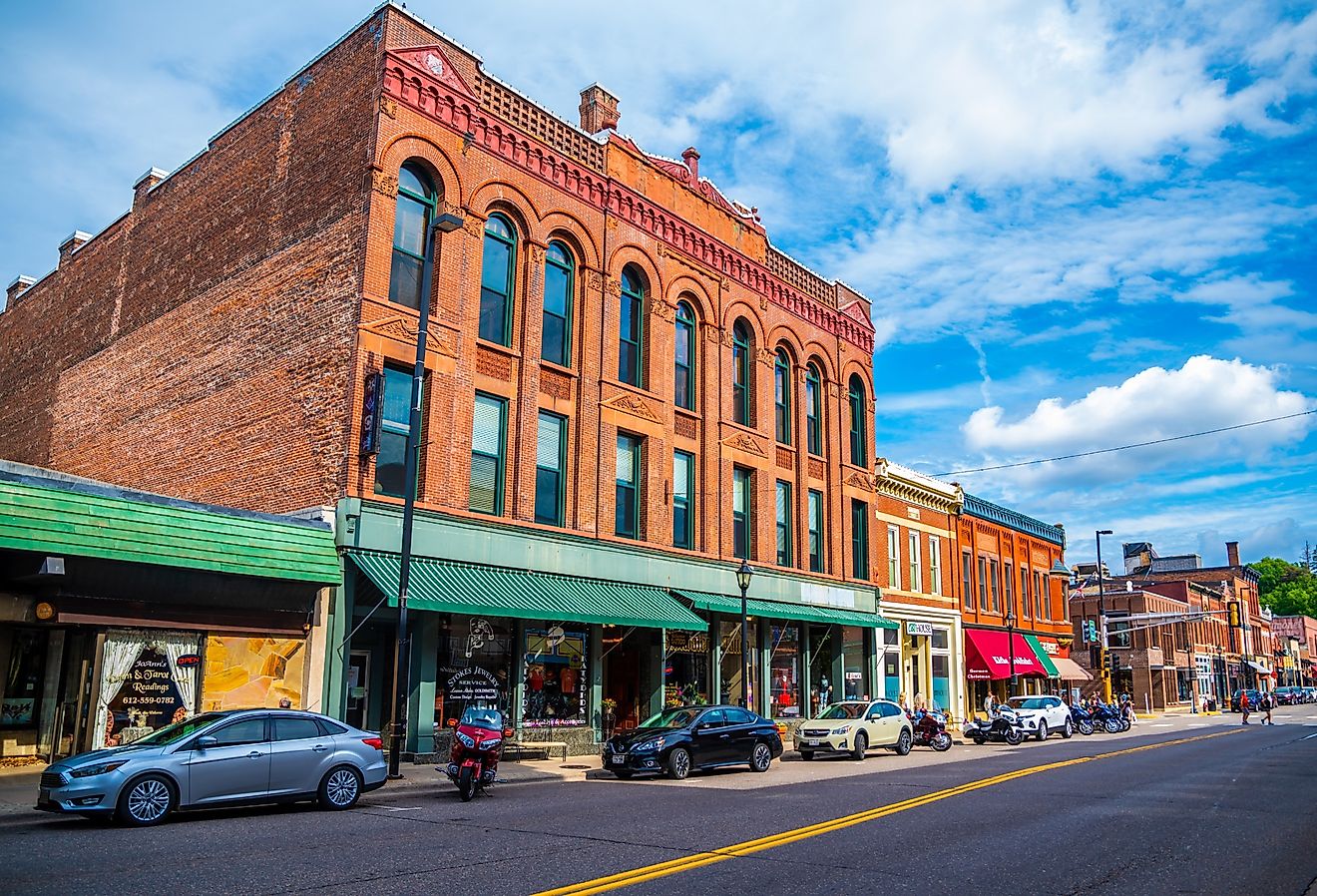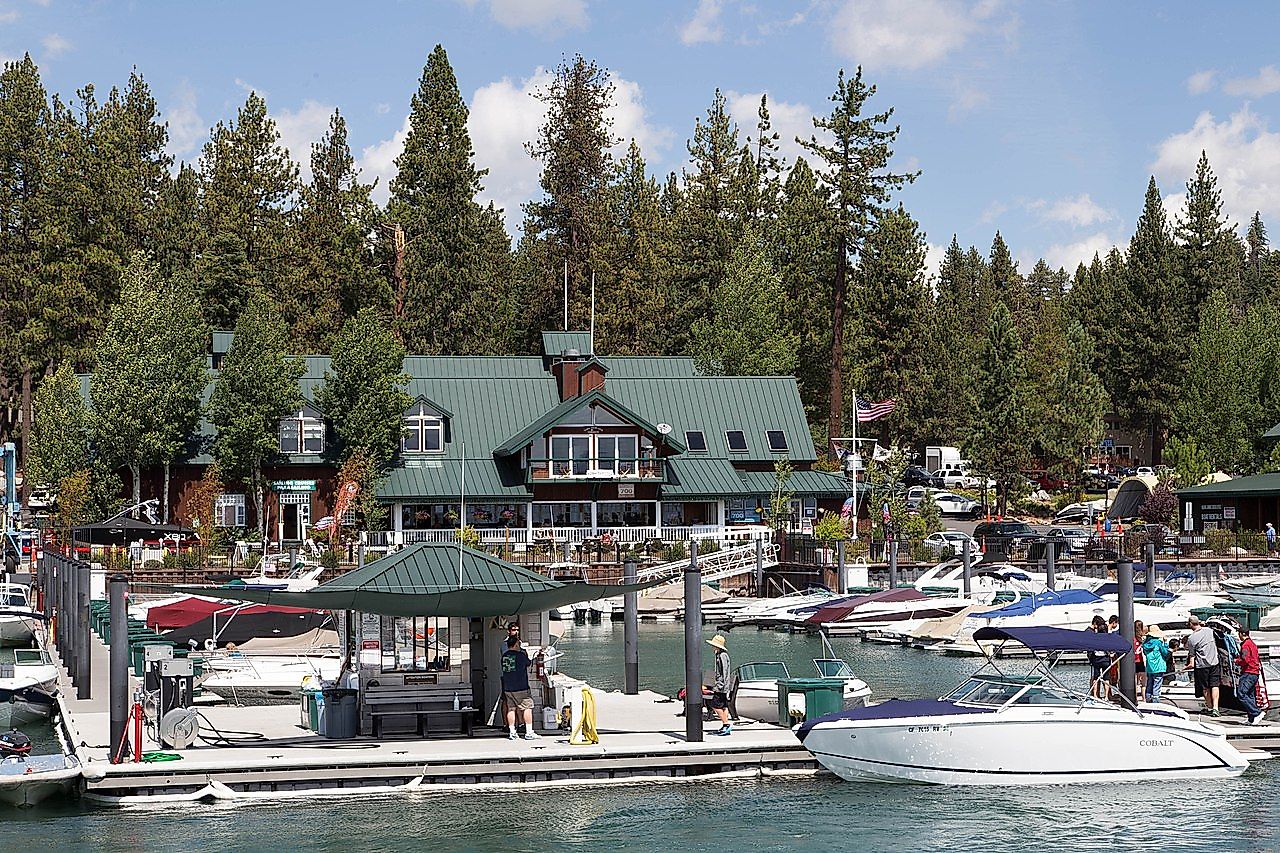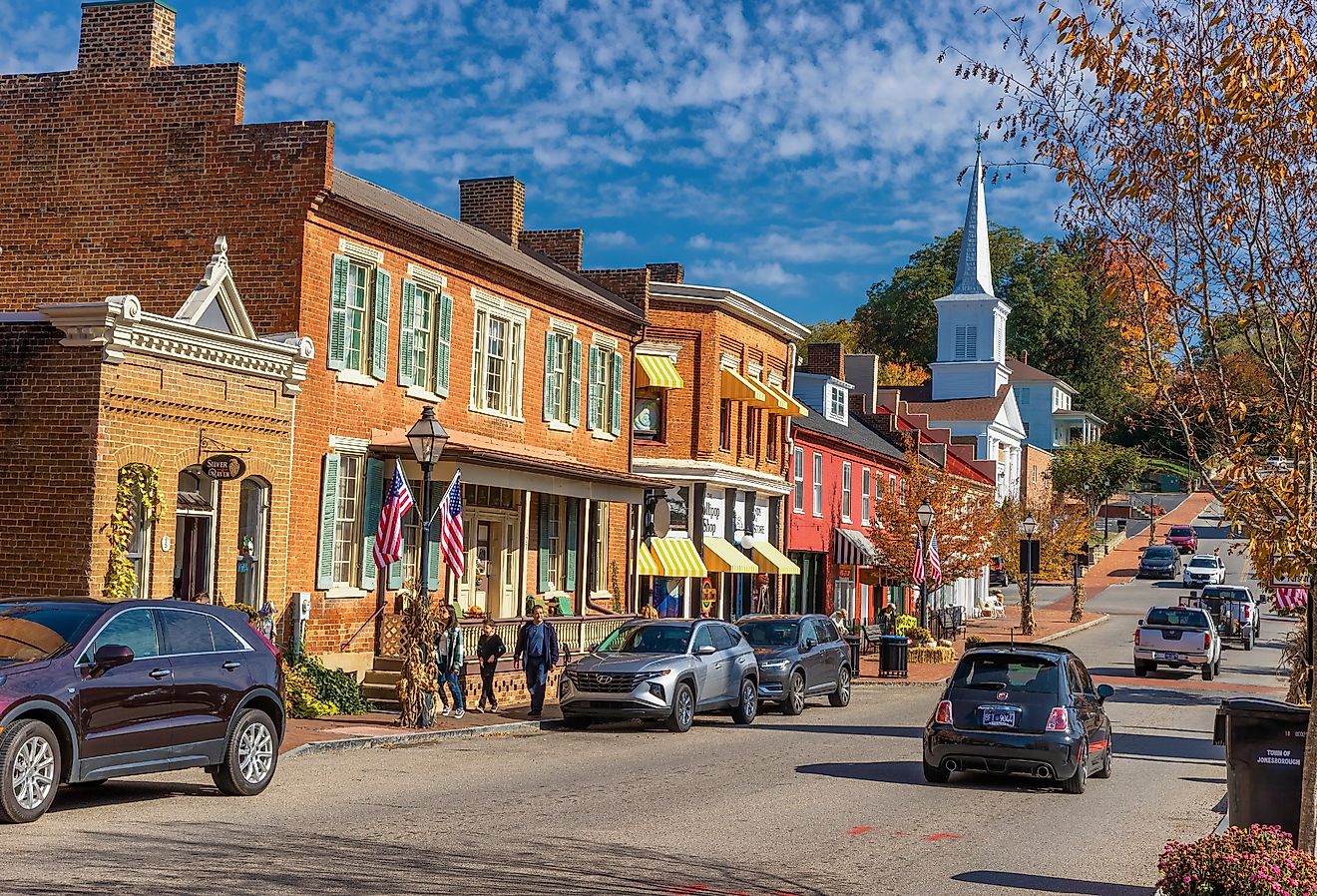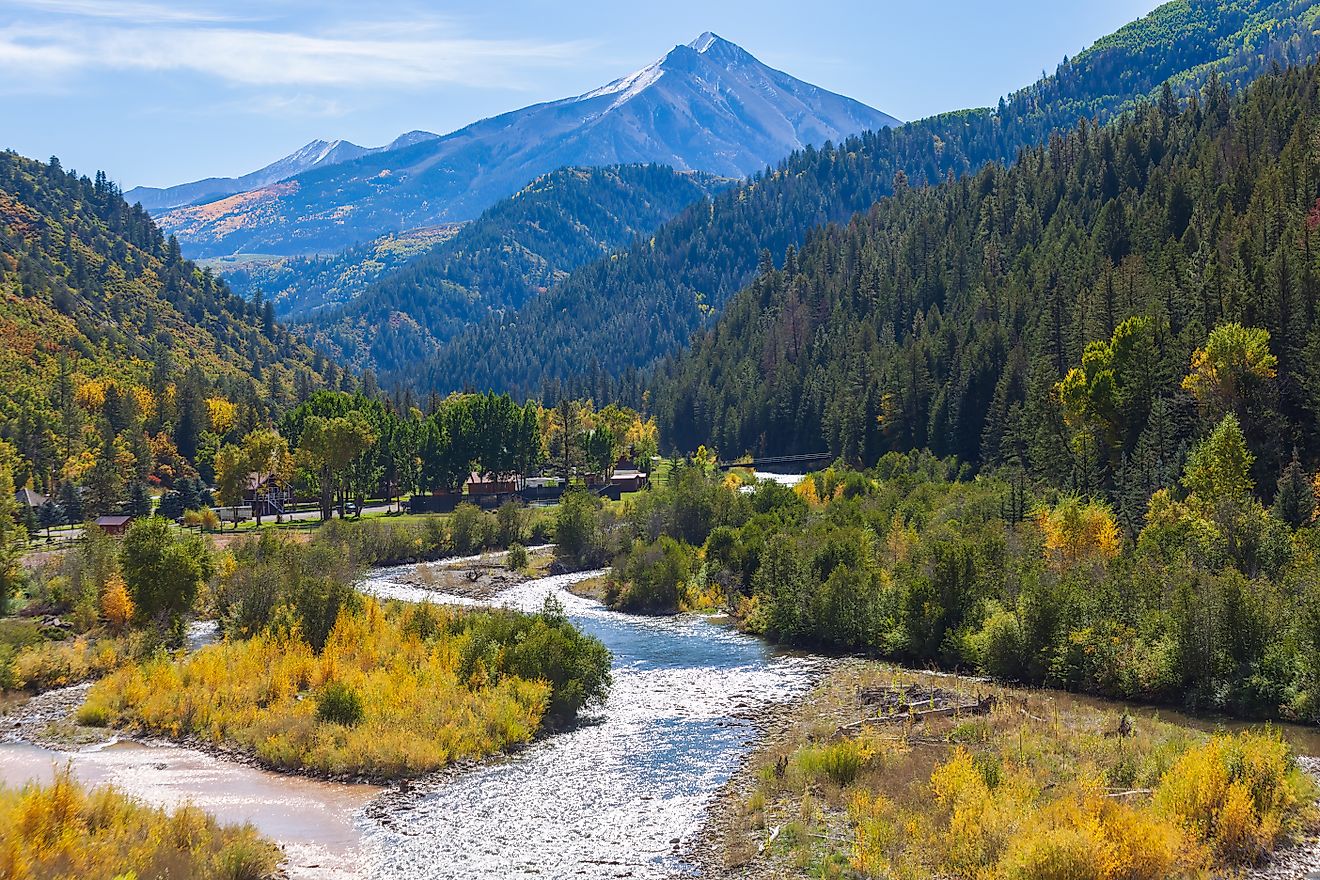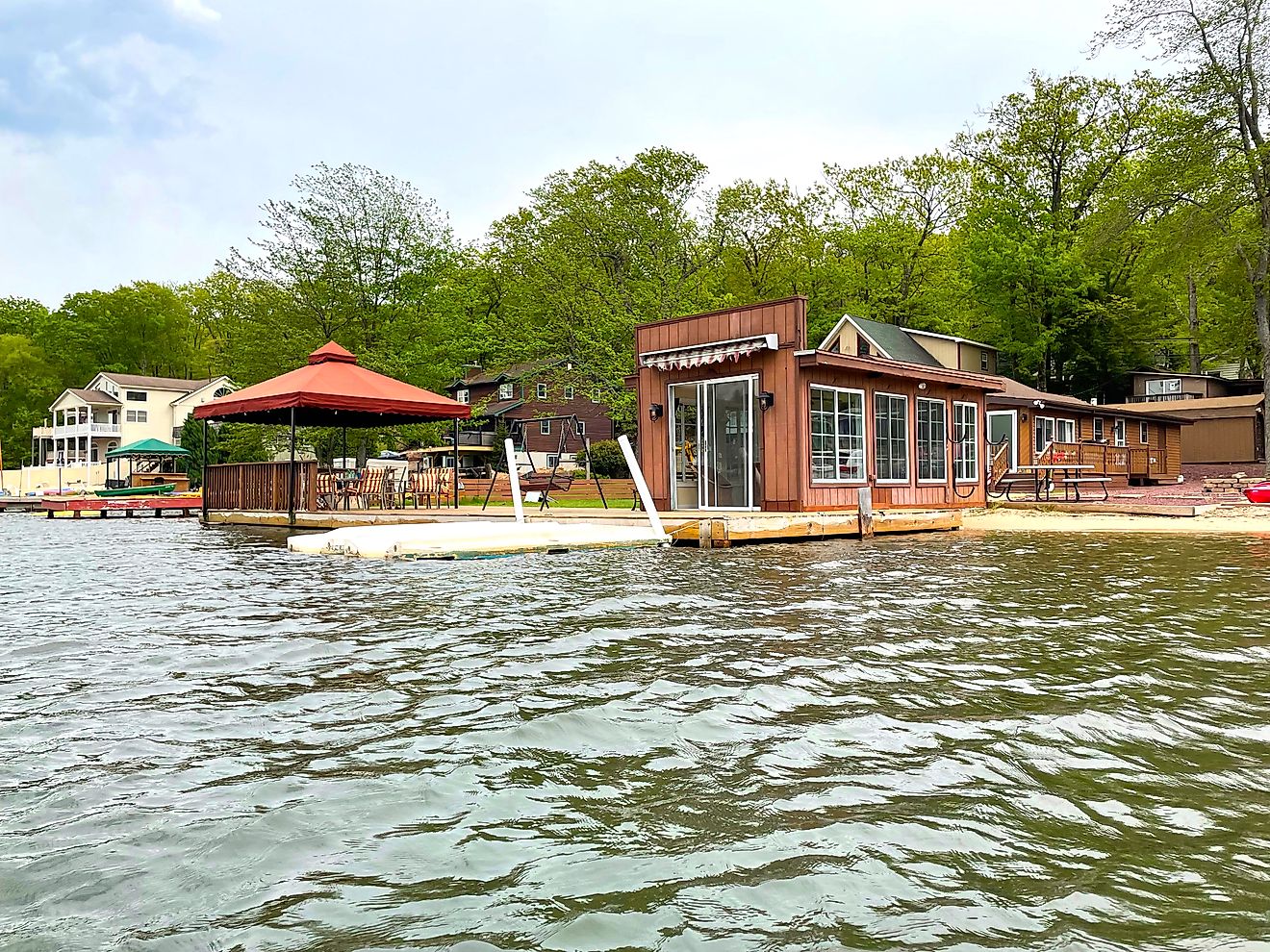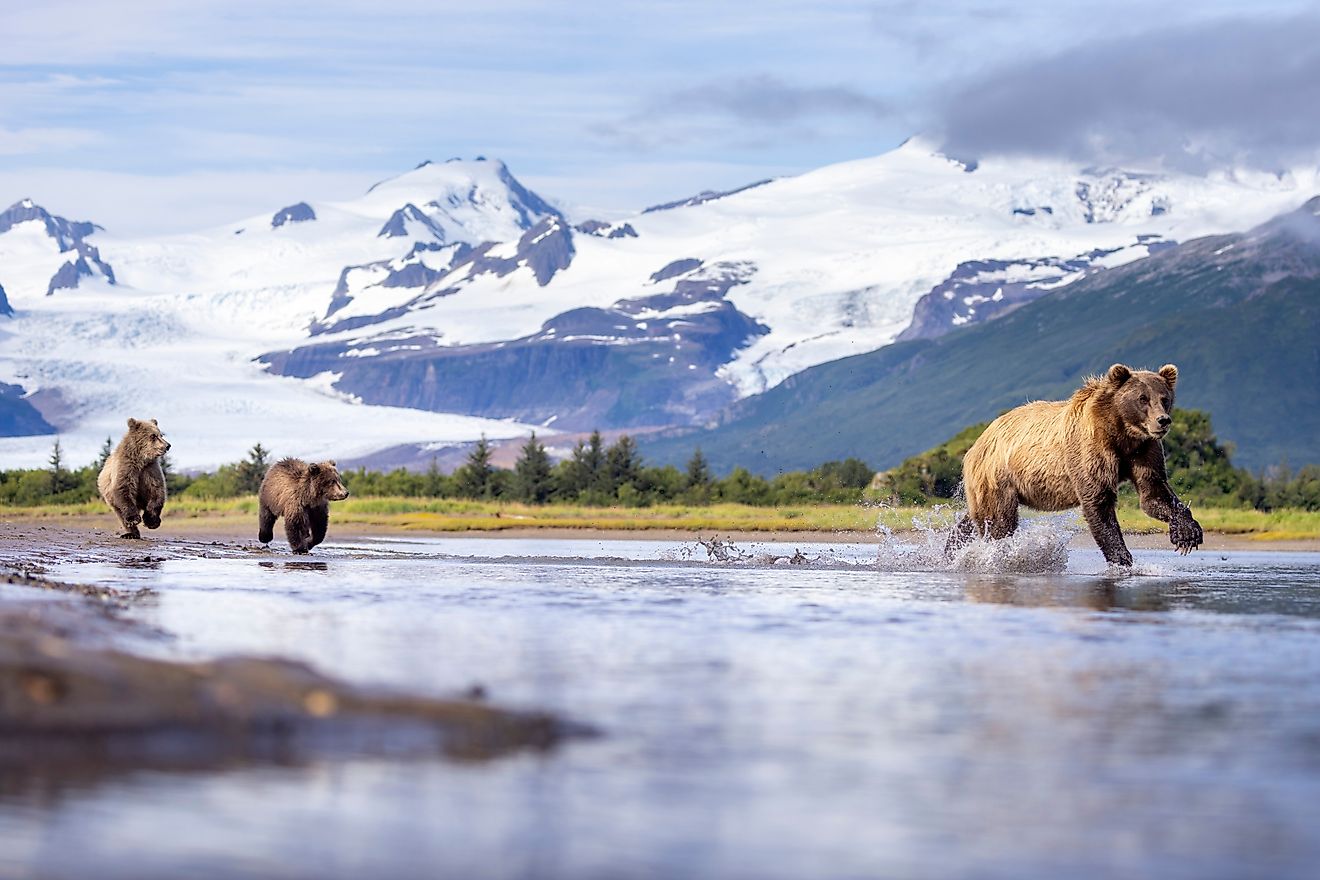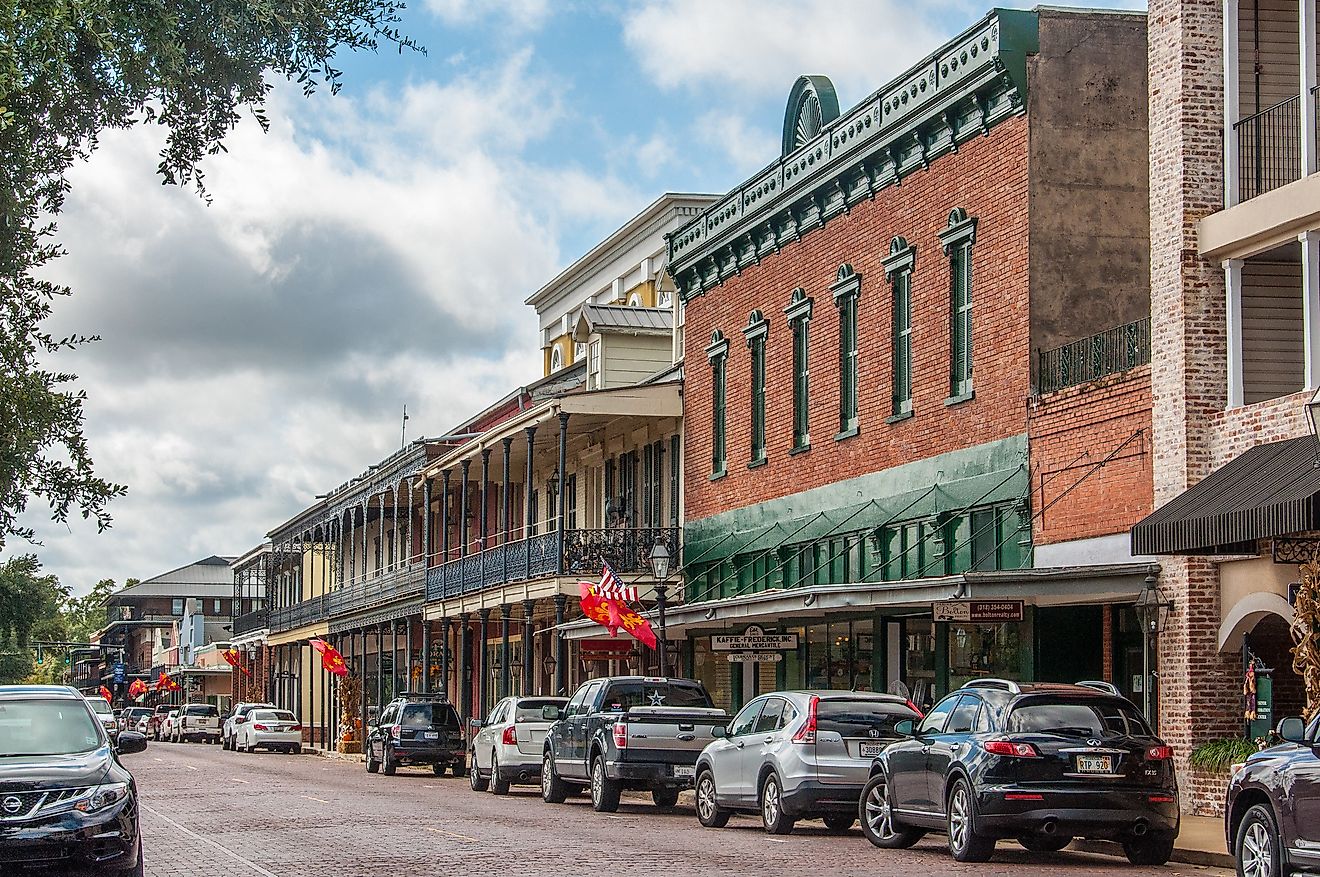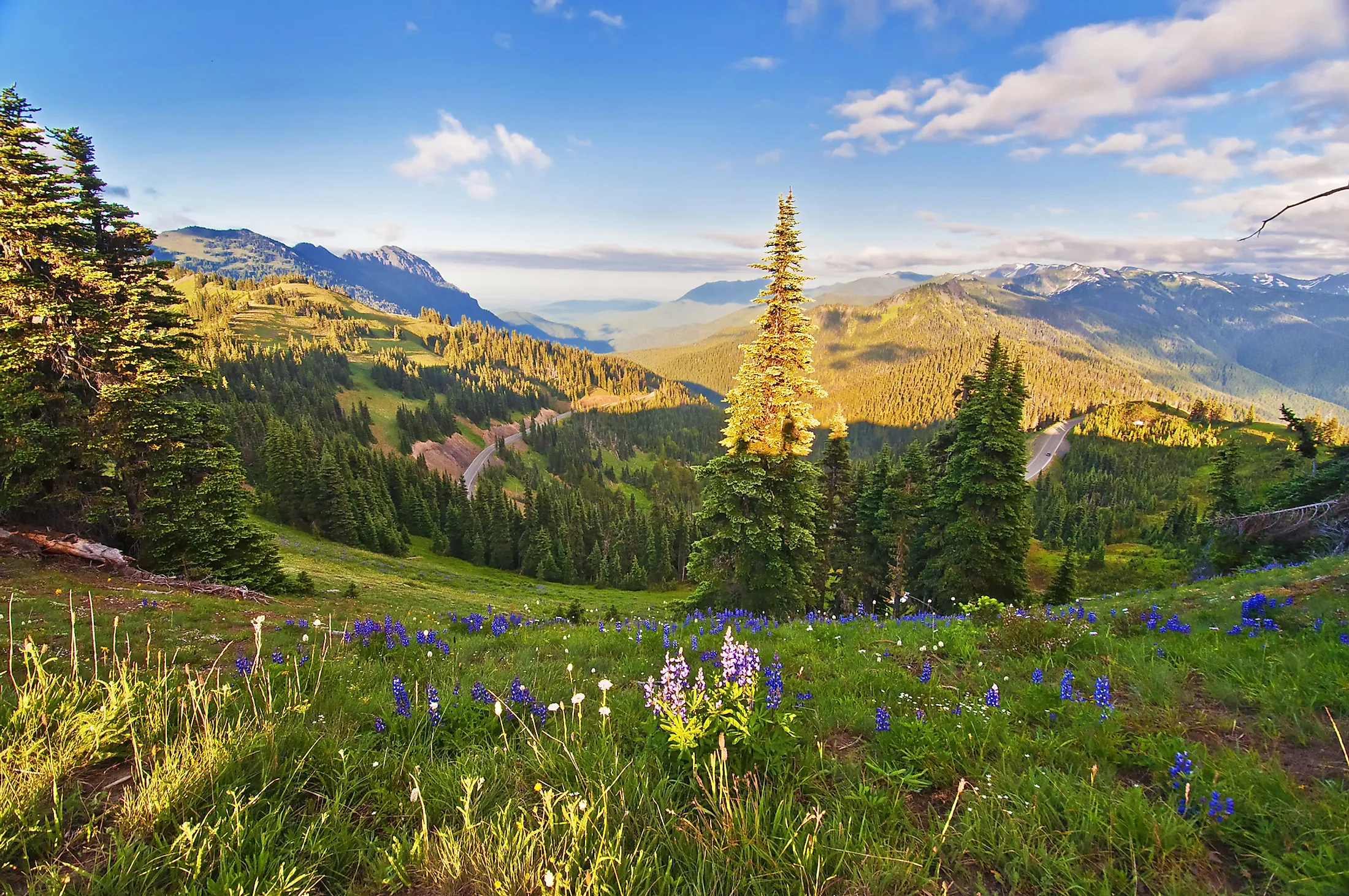
Olympic National Park, Washington
Nicknamed as “The Evergreen State”, the US State of Washington is geographically positioned in the Pacific Northwest region of the United States. With an area of 184,827 sq. km, Washington is also the 18th largest and the 13th most populous state in the USA. Approximately half of the state’s total land area is covered by forests. It is estimated that about 36% of the state’s forest area is privately owned, while the remaining 64% area is managed as “public lands” by the Government. These public lands include the state’s national forests, parks, and wildlife refuges.
Situated in the extreme northwestern corner of the US State of Washington, on the Olympic Peninsula is the Olympic National Park. The Park occupies an area of 3,733.8 sq. km and hosts four distinct ecoregions: the temperate rainforest, alpine mountains, drier forests, and the Pacific coastline.
Contents:
Geography
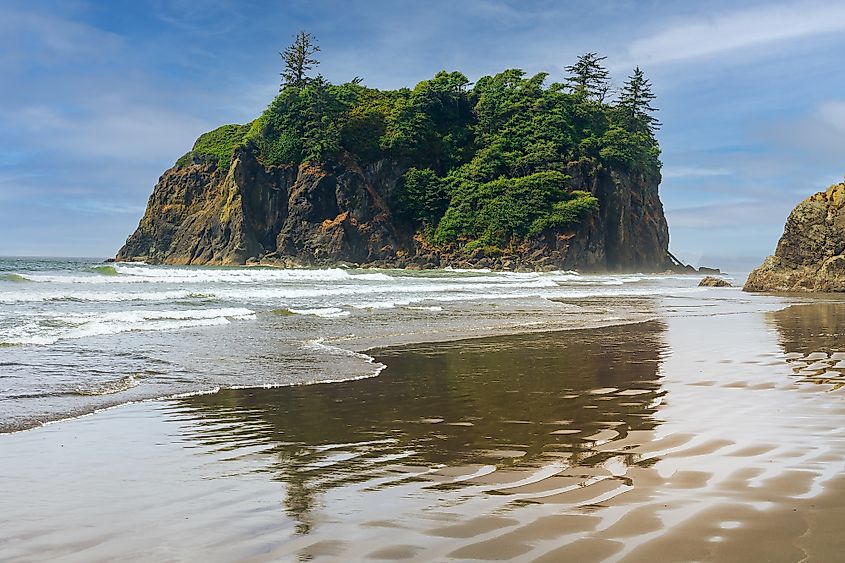
The Olympic National Park consists of two sections: the principal mountainous area and a narrow, rugged coastal strip along the Pacific. The coastal region stretches for about 97km along the western coast of the Olympic Peninsula, with some of its portions covered in sand and the other portions covered in rocks and driftwood. The 14km long Ozette Loop is the most popular part of the coastal strip. There are two notable rivers in the area: the Hoh River and the Quileute River. The coastal region also contains three reservation areas belonging to the Hoh, Quileute, and Makah tribes.
The Olympic Mountains are placed in the central region of the park and higher elevations contain many massive glaciers. Several large glaciers like the Hoh Glacier are found on Mount Olympus - which rises to an elevation of 2,428m and is the highest point in the National Park. The Olympic Mountains are drained by 11 major river systems. The eastern part of the mountains lies in the rain-shadow area and features several high peaks. Located in the eastern part of the Olympic Mountains in the Olympic National Park is Mount Deception, which rises to an elevation of 2,374m and is the 2nd highest peak in the Olympic Mountains. Many lakes are also found in National Park including Ozette Lake, Lake Quinault, and Lake Crescent.
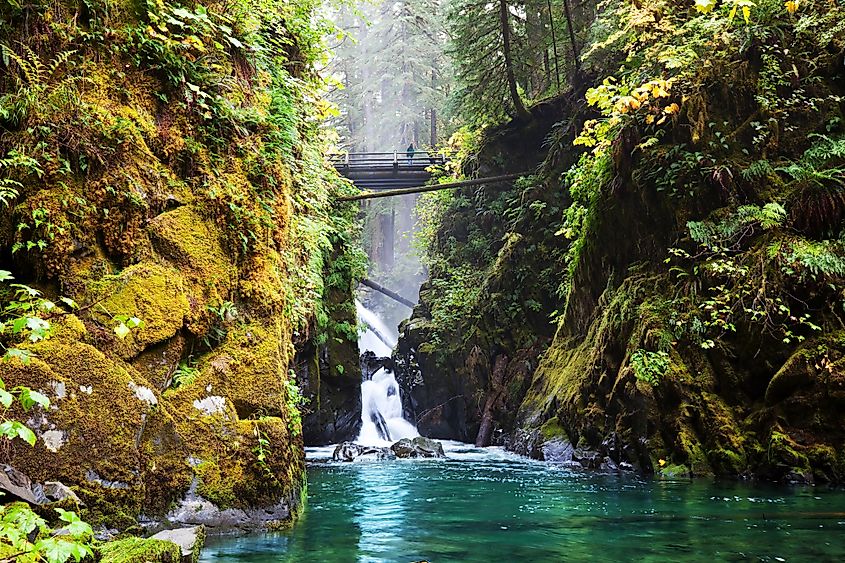
The Park features many geological formations like rocky islets, deep canyons, valleys, rocky peaks, and spectacular cirques. Situated in the Olympic National Park, Cape Alava is considered as the westernmost point in the 48 contiguous United States.
The Olympic National Park contains more than 1,000km of hiking trails and many scenic drives. The Park has three visitor centers at the Hurricane Ridge, Hoh Rainforest, and Port Angeles (the park’s headquarters). The Hurricane Ridge also offers many winter sports for the park’s visitors.
Climate
Due to the vast size of the Olympic National Park, it is common for two different climatic conditions to exist within the park at the same time. According to the Köppen climate classification, the Olympic National Park experiences a temperate oceanic climate in its western section and a warm-summer Mediterranean climate in its eastern section. Like other mountain parks, the weather is extremely variable and unpredictable at any time of the year. During winter, the average temperature varies between 4.8°C and -0.5°C, while in summer, the average temperature varies between 23.2°C and 9.9°C.
Flora And Fauna
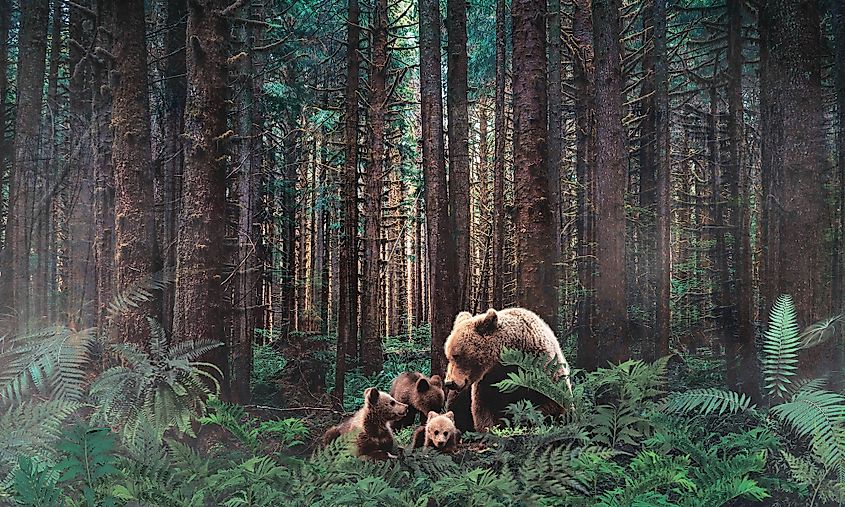
The western slopes of the Olympic Mountains receive approximately 380cm of annual rainfall and support one of the largest virgin temperate rainforests, which is the largest in the entire Western Hemisphere. The temperate rainforests in the Pacific Northwest region are mainly covered by coniferous trees including Western hemlock, Western redcedar, Sitka spruce, Douglas fir, etc. The forest floor is covered by ferns, mosses, and lichens, while a variety of epiphytes are found growing on the trees. The eastern slopes of the mountain receive less rainfall compared to the western slopes and feature old-growth forests and subalpine meadows.
The geographic composition of the park has effectively isolated it from the rest of the regions of the State. This isolation has in turn led to the evolution of many endemic floral and faunal species. Some of the endemic plants that are found here include Piper’s bellflower and Flett’s violet.
The Olympic National Park provides important habitat for many faunal species like the rare Roosevelt elk, black bears, cougars, black-tailed deer, yellow Pacific banana slugs, mountain goats, chipmunks, weasels, Canadian lynx, river otters, coyotes, red foxes, beavers, snowshoe hares, etc. Some of the endemic faunal species include Olympic yellow-pine chipmunk, Olympic torrent salamander, and Olympic marmot.
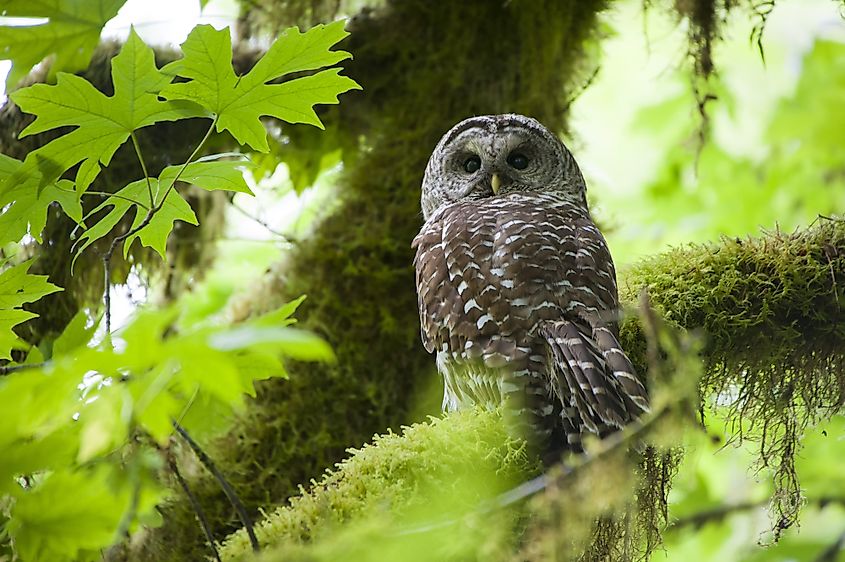
About 37 species of native fishes along with other anadromous fishes like Northwest salmon, bull trout, steelhead, etc are found in the rivers, lakes, and streams of the Olympic National Park. Over 13 species of amphibians have also been recorded from the park.
More than 300 species of birds have been observed in the Olympic National Park. Some of the notable avian species that are found here include Canada jays, Red-breasted nuthatches, Wilson’s warblers, northern spotted owl, Hammond’s flycatchers, bald eagles, marbled murrelet, band-tailed pigeons, etc.
Brief History
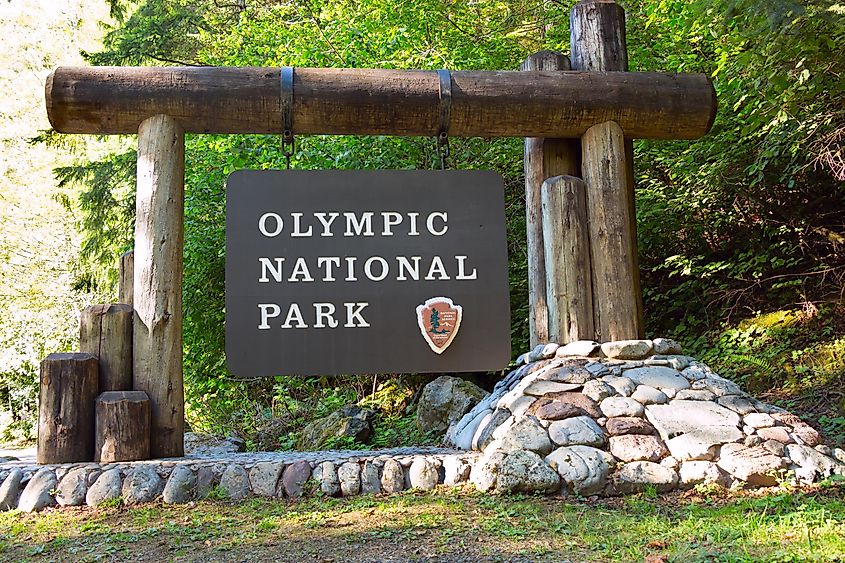
It is believed that before the Europeans arrived in the Olympic Peninsula region, the area was inhabited by the Native Americans who extensively used the area for hunting and fishing purposes. However, most of these Pacific Northwest indigenous tribes were severely affected by European diseases and different other factors. All these factors eventually led to the decimation of the indigenous population. During the late 19th and early 20th centuries, the Pacific Northwest region was used for the harvesting and extraction of timber. In 1890, District Judge James Wickersham and US Army Lieutenant Joseph P. O’Neil formally proposed the setting of a National Park on the Olympic Peninsula. On February 22, 1897, the Olympic Forest Reserve was established by US President Grover Cleveland. In 1907, the Olympic Forest Reserve eventually became the Olympic National Forest. On March 2, 1909, US President Theodore Roosevelt established the “Mount Olympus National Monument” to protect the area’s snowcapped mountains and lush forests. On June 29, 1938, the US Congress and President Franklin Roosevelt redesignated the “Mount Olympus National Monument” as “Olympic National Park”. The UNESCO designated the Olympic National Park as an International Biosphere Reserve in 1976 and as a World Heritage Site in 1981. In 1988, the US Congress designated about 95% of the park’s area as the “federally protected Olympic wilderness”.
